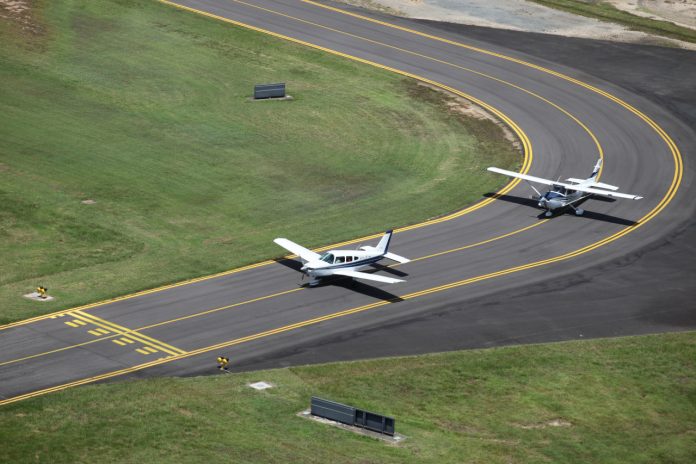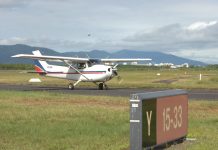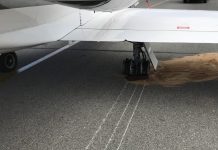Today’s theme for Airport safety week is foreign object debris (FOD)—the potential for damage to aircraft and what aerodromes can do to prevent it.
FOD damage is estimated to cost the aviation industry $4 million a year. Damage can occur from something as small as a 20-cent piece. Debris can find its way onto runways and movement areas from jet blast, aircraft damage or nearby sites.
The damage can be severe and devastating. For instance, FOD was implicated in the loss of a Concorde departing Paris/Charles de Gaulle Airport in July 2000. A small piece of metal on the runway cost the lives of 109 people on the Concorde and four on the ground.
In Australia, a number of incidents at major and regional airports have been attributed to FOD, with the majority causing tyre deflation and an aborted take-off.
To help manage FOD, aerodromes should train staff to use technology such as sweepers and vehicle-mounted magnets that pick up metal debris.
Aerodrome operators should also stay up-to-date with the latest technology and ensure they are adequately equipped for the type of operation they conduct.
At smaller aerodromes, it helps to identify how debris has made its way into the airport and work with adjoining businesses or construction sites to ensure it is reduced.
Airport and airside staff play an active part in reducing the risk of debris to aircraft. Staff should be trained to continually look for FOD and be competent to use the tools to remove debris from the tarmac.
You can learn more about the impacts of FOD and what airports can do to minimise the risk by visiting the Airport Safety Week website.





Wow. I’m new to this page. This is my second article and I’m really getting informed on aviation safety.